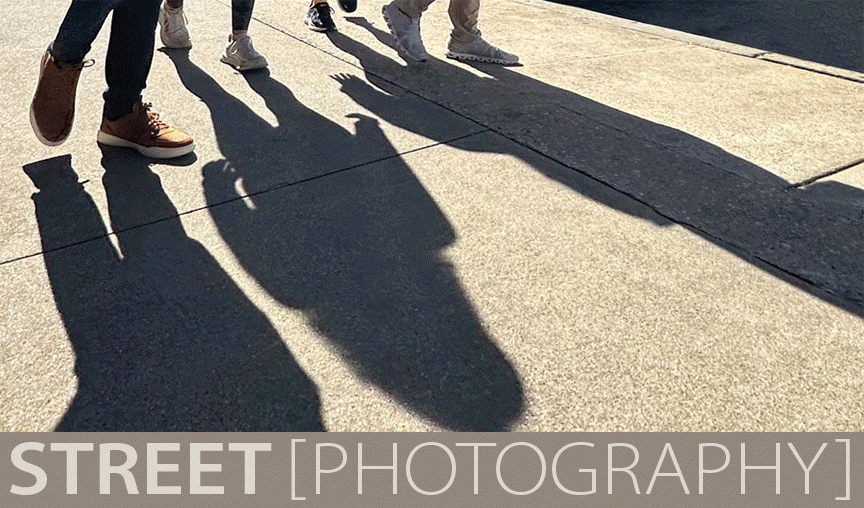
February 11, 2025: There are only three times when something completely changed how I shoot. This is the most recent.

WRITTEN & SHOT ON iPHONE BY: STEVE HOLLOWAY
Over the last year, I began adopting and adapting the discipline of street photography. At first it felt foreign. Then it began to seem like I had always worked this way.
I also began using filmmaker David Mamet’s technique of methodically editing smaller elements, overall shots and details together to advance the storyline.
These two disciplines completely changed how I shoot. And changed my edit workflow making it a part of the storytelling process.

For 30+ years I was a commercial photographer.
Filmmakers use scripts to guide them through the storytelling process.
Photographers use shot lists.
Shot lists were how I navigated production meetings, location scouts and scheduling to create images for agency, designer and educational clients.
Retiring gave me the freedom to shoot only what interests me. Still, I fell back into familiar working habits starting with a storyline, creating a shot list then shooting to illustrate that storyline.
It was structured. Too structured.

You have your camera out, ready to capture what happens right in front of you.
Sounds simple.
It’s not. Street photography is a specialized skill set that trains you to work fast. See the shot. Look at how small changes in camera position can help/hurt the end result. Compose the elements on the screen. And, finally, capture the image.
Four tasks that have to occur on the fly, almost simultaneously.
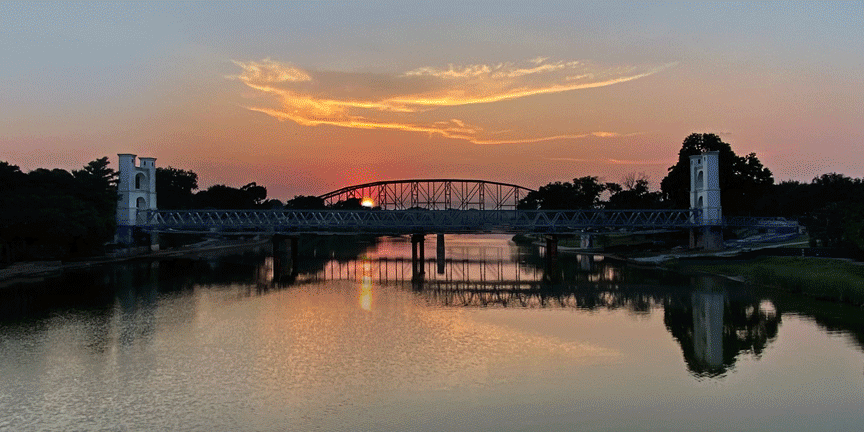

Street Photography is a complete change in storytelling approach, moving away from a literal shot list driven technique to capturing a deconstructed version of the story. Using smaller elements and details to tell a bigger story.
Street photography creates an impression of a place or a moment in time.
Eliminating preconceived ideas. Heading out, camera in hand. Instinctively shooting what you find to capture a moment, a place, a subject.

The edit lets images reveal, shape and form the storyline.
Editing street photography can be as demanding as the actual shoot. For every image you ultimately say yes to, there are LOTS of images you say no to.
Then there’s the question, “what do I say yes to?” There is a tendency to be too literal and not instinctive enough.
Think of how movies are made. The least visually interesting films follow the protagonist around showing what they did first and next and next.
The most interesting films borrow from the David Mamet practice of cutting together different points of view, details and overalls. Using the variations to make it visually interesting and move the story forward pulling the viewer from shot to shot to shot.
That’s what makes street photography work.
It’s not a planned sequence of events. It’s walking down the street, seeing this, then something over there then something else the other way.

I had always relied on a literal narrative approach to tell a story. Start with a storyline. Shoot to illustrate that storyline.
During my trips to the Texas beaches, central Texas and New England, I experimented with less structured approaches to image capture.
Street Photography brings together changes I use every time I pickup a camera.
It reverses functions, capturing images then letting the images build the story in the edit, using details to engage viewers and move a storyline forward.

Street photography is never boring. Every time you head out with your camera it’ll be different, you’ll find something new.
You get to make your own choices. What works for me may not work for you. DSLR, mirrorless or iPhone? Using images as is or going through multiple editing steps to color grade your final result? Deciding where to go to shoot. When to shoot.
Doing whatever keeps you picking up your camera again and again and again until you find your own voice.
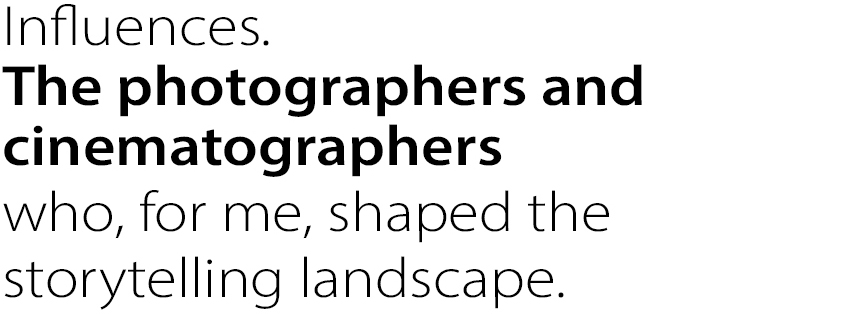
Street Photography is a result of following the work of Henri Cartier-Bresson, Eugène Atget, Elliott Erwitt, Fan Ho, Vivian Maier and Joel Meyerowitz. To this day, I study their ability to take something so instinctual and make it look so formal.

Henri Cartier-Bresson especially. His concept of the ‘decisive moment’ defines the elegance of his imagery. It’s “the instant when all the elements in the frame come together to make the perfect image, not the peak of action necessarily, but the formal peak.”
There was a time when magazines were my go-to source for storytelling ideas. Today it’s cinema. I especially follow Grieg Fraser (The Batman, Dune and Zero Dark Thirty) and Roger Deakins (Skyfall). Watch their films. Watch how they cut together shots to move the storyline forward.
Street [ Photography ] sets out to capture that mix of subject, composition and spontaneity.
To capture what these shooters seem to achieve so effortlessly. To move a storyline forward with instinctively captured images.
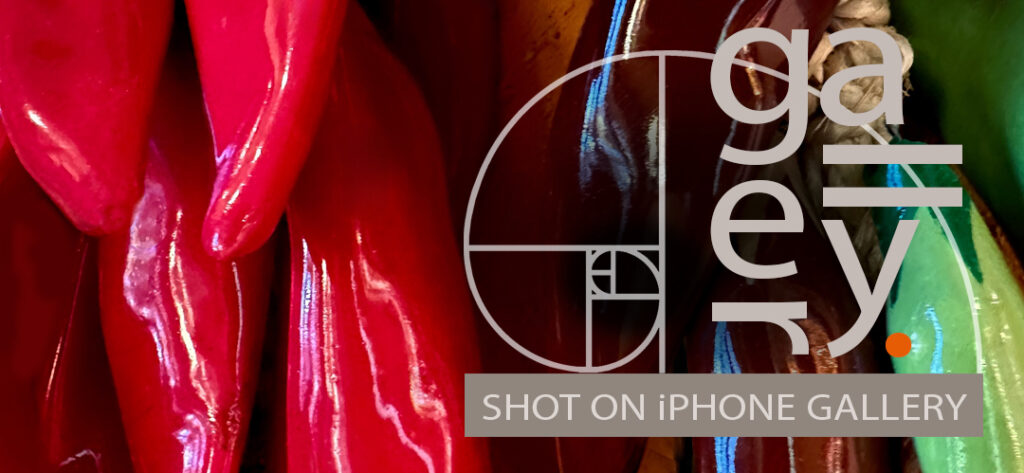
NEW: SHOT ON iPHONE GALLERY 2: Images from Canyon Lake, Johnson City and Austin, Texas. Plus the story behind Street [ Photography ], edit workflow ideas and the photographers and cinematographers who have influenced how I shoot every time I pick up a camera. View mages from the first Street [ Photography ] shoots.
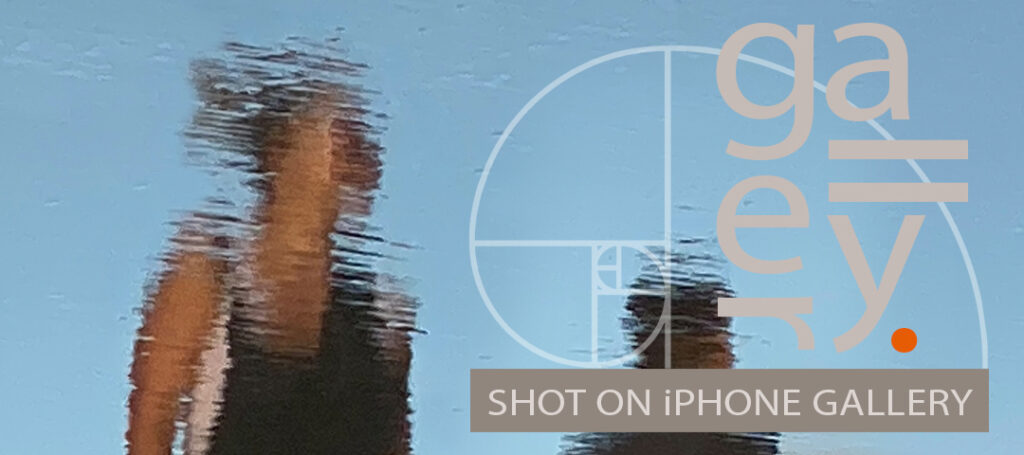
SHOT ON iPHONE GALLERY 1: A compilation of images from US 181, Goliad, Port Aransas, North Padre Island, Rockport, Seguin, The Guadalupe River, Lockhart, Austin, and Waco, Texas and Las Vegas, Nevada. View images from the earliest street photography experiments.


Create a personal content experience. Newest posts listed first. Enjoy!
The “Where to next?” index at the end of each post lists galleries and stories with new additions shown first followed by the Point of View eBook of how-to guides, process deep dives and early work.
- About Nonlinear Content
- Street [ Photography ] Cha Cha Changes
- Shot on iPhone Gallery 2
- Shot on iPhone Gallery 1
- Road Portraits 1
- Road Portraits 2

Introduction
Become a storyteller
Technology
- 02A Digital evolution.
- 02B Annie Leibovitz.
- 02C From Batman to the iPhone.
- 02D Henri Cartier-Bresson’s Leica.
- 02E Moving from film to digital to iPhone.
- 02F The self portrait series.
- 02G iPhone camera rigging.

- 03A Working with light.
- 03B The scout.
- 03C Shooting during the golden hour.
- 03D Photographing people.
- 03E Details, shadows, shapes and textures.
- 03F Plate shots and reflections.
- 03G Feed your passions.
- 03H People and food, two favorites.
- 03I On the road.
- 03J Wall art (it’s not what you think).
- 03K Transitional images.
- 03L Night photography.

- 04B Assemblages and abstractions.
- 04C Change the composition of an image.
- 04D Color correction vs color grading.
- 04E Create motion with Live Photo.
- 04F Resize images and retain detail.
- 04G Software and skill building resources.
- 04H On device apps.
- 04I Off board resources.

- 05A Two key iPhone features.
- 05B Camera and light kit ideas.
- 05C Copied on iPhone.
- 05D Learning post production.
- 05E Designing with type
- 05F Learning from cinema
- 05G The three lens solution



